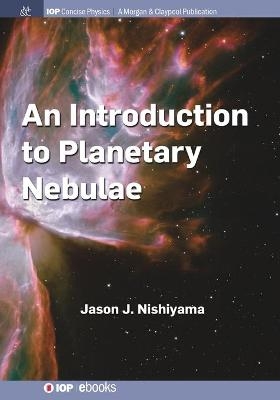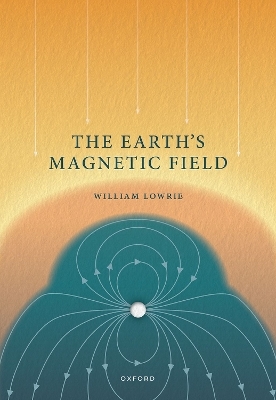
An Introduction to Planetary Nebulae
Seiten
2018
Morgan & Claypool Publishers (Verlag)
978-1-68174-957-0 (ISBN)
Morgan & Claypool Publishers (Verlag)
978-1-68174-957-0 (ISBN)
Looks at what planetary nebulae are, where they come from and where they go. The book discusses what mechanisms cause these beautiful markers of stellar demise as well as what causes them to form their variety of shapes. How we measure various aspects of planetary nebulae are also be explored.
In this book we will look at what planetary nebulae are, where they come from and where they go. We will discuss what mechanisms cause these beautiful markers of stellar demise as well as what causes them to form their variety of shapes. How we measure various aspects of planetary nebulae such as what they are made of will also be explored.
Though we will give some aspects of planetary nebulae mathematical treatment, the main points should be accessible to people with only a limited background in mathematics. A short glossary of some of the more arcane astronomical terms is at the end of the book to help in understanding. Included at the end of each chapter is an extensive bibliography to the peer reviewed research on these objects and I would encourage the reader interested in an even deeper understanding to read these articles.
In this book we will look at what planetary nebulae are, where they come from and where they go. We will discuss what mechanisms cause these beautiful markers of stellar demise as well as what causes them to form their variety of shapes. How we measure various aspects of planetary nebulae such as what they are made of will also be explored.
Though we will give some aspects of planetary nebulae mathematical treatment, the main points should be accessible to people with only a limited background in mathematics. A short glossary of some of the more arcane astronomical terms is at the end of the book to help in understanding. Included at the end of each chapter is an extensive bibliography to the peer reviewed research on these objects and I would encourage the reader interested in an even deeper understanding to read these articles.
Jason Nishiyama is a Sessional Lecturer with the University of Lethbridge Calgary Campus and is the director of the RASC Calgary Centre's Wilson Coulee Observatory. He received his MSc in Astronomy from the Swinburne University of Technology in Melbourne, Australia. His current research is in planetary nebulae morphology. Jason lives in Calgary, Canada.
1. Introduction
2. Key Applications and Enablers
3. Integrating Quantum and Classical Networks
4. Quantum Networks at Continental Scales
5. Future Directions
| Erscheinungsdatum | 22.06.2018 |
|---|---|
| Reihe/Serie | IOP Concise Physics |
| Verlagsort | San Rafael |
| Sprache | englisch |
| Maße | 178 x 254 mm |
| Gewicht | 525 g |
| Themenwelt | Naturwissenschaften ► Geowissenschaften ► Geophysik |
| Naturwissenschaften ► Physik / Astronomie ► Astronomie / Astrophysik | |
| ISBN-10 | 1-68174-957-2 / 1681749572 |
| ISBN-13 | 978-1-68174-957-0 / 9781681749570 |
| Zustand | Neuware |
| Informationen gemäß Produktsicherheitsverordnung (GPSR) | |
| Haben Sie eine Frage zum Produkt? |
Mehr entdecken
aus dem Bereich
aus dem Bereich
How Numerical Models Revealed the Secrets of Climate Change
Buch | Hardcover (2020)
Princeton University Press (Verlag)
43,65 €
Space, Time, and Motion
Buch | Hardcover (2022)
Dutton (Verlag)
25,80 €


